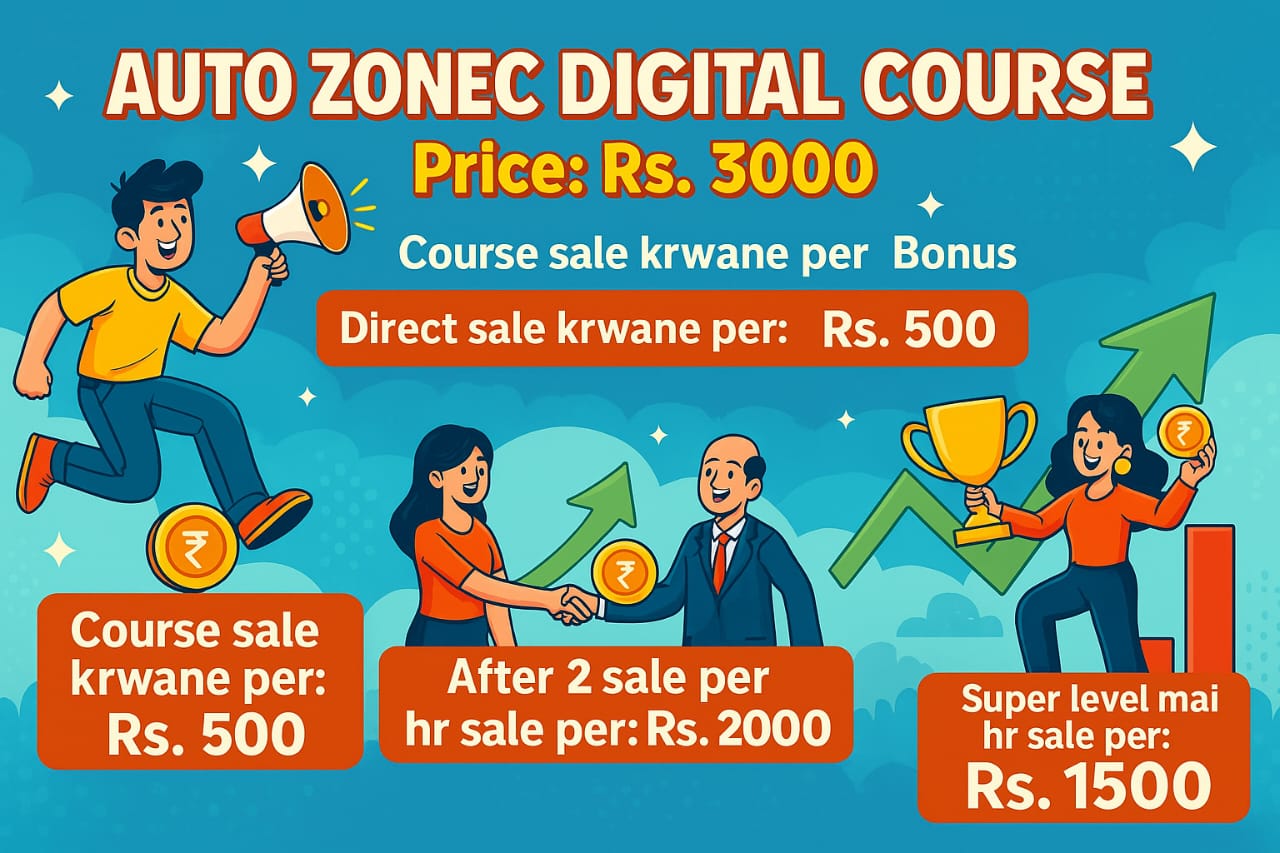
Virtual Visions: Unveiling the Mind-Bending Science of Immersive Reality
SEO Description: Discover the mind-blowing science behind virtual reality in this immersive dive into the future of technology. Learn how VR is revolutionizing the way we experience the world around us and shaping the future of immersive experiences.
Meta Keywords: Virtual reality VR technology Immersive experiences Future of technology Mind-blowing science Virtual reality research Immersive virtual worlds Virtual reality technology Virtual reality experiences The science of virtual reality VR immersion Virtual reality innovation Future of immersive technology Virtual reality exploration Virtual reality advancements VR simulation Virtual reality development Immersive technology trends Virtual reality gaming VR storytelling Virtual reality applications Immersive learning experiences Virtual reality entertainment The future of VR Virtual reality industry trends
The Mind-Blowing Science Behind Virtual Reality: A Dive Into the Future of Immersive Experiences
Virtual reality (VR) has been a hot topic in the tech world for quite some time now. From gaming to education, healthcare to entertainment, VR has the potential to revolutionize the way we interact with the world around us. But what exactly makes VR so mind-blowing? In this blog post, we will explore the science behind virtual reality and take a deep dive into the future of immersive experiences.
The Basics of Virtual Reality
Before we can delve into the science behind virtual reality, it's important to understand the basics of how VR works. At its core, VR is a computer-generated simulation of a three-dimensional environment that can be interacted with in a seemingly real or physical way by a person using special electronic equipment, such as a headset or gloves.
One of the key components of VR is immersion, which refers to the feeling of being fully involved in a virtual world. This is achieved through a combination of sensory stimuli, such as sight, sound, and touch, that trick the brain into believing that the virtual environment is real. The more immersive the experience, the more convincing and engaging the virtual world becomes.
The Science Behind VR Immersion
So, how exactly does virtual reality create such a convincing and immersive experience? The answer lies in the way our brains process sensory information. When we interact with the world around us, our brains rely on a combination of visual, auditory, and tactile cues to make sense of our surroundings. In VR, these cues are simulated to create a sense of presence and immersion.
- Visual Cues: One of the most important aspects of VR immersion is the visual cues provided by the headset display. By presenting each eye with a slightly different image, VR headsets create a sense of depth and perspective that mimics our natural vision. This stereoscopic effect is essential for creating a convincing 3D environment.
- Auditory Cues: In addition to visual cues, VR relies on auditory cues to enhance the immersive experience. By using spatial audio technology, VR can create realistic soundscapes that help to place the user within the virtual environment. This 3D sound can provide important context and feedback, enhancing the overall sense of presence.
- Tactile Cues: While visual and auditory cues are important, tactile feedback is also crucial for creating a truly immersive VR experience. This can be achieved through haptic feedback devices, such as gloves or controllers, that simulate touch and texture in the virtual world. By adding a sense of physical interaction, these devices help to further blur the line between reality and virtual reality.
By combining these sensory cues, virtual reality is able to create a truly immersive experience that can transport users to new and exciting worlds. In the next section, we will explore some of the cutting-edge technologies that are pushing the boundaries of VR immersion even further.
The Technology Behind Virtual Reality
Virtual reality technology has come a long way since its inception, with advancements in hardware and software pushing the boundaries of what is possible in the virtual world. Here are some key components that make virtual reality such a mind-blowing experience:
Head-Mounted Displays (HMDs)
The most recognizable piece of virtual reality technology is the head-mounted display (HMD). These devices are worn on the head and cover the user's eyes, providing a 3D visual experience. Modern HMDs are equipped with high-resolution displays that can render realistic images and videos in real-time, creating an immersive environment for the user.
Tracking Systems
To ensure that the virtual environment responds accurately to the user's movements, tracking systems are used in virtual reality setups. These systems can track the user's head movements, hand movements, and even their body position in some cases. This allows for a more interactive experience, where users can manipulate objects in the virtual world using gestures and movements.
Input Devices
Another crucial component of virtual reality technology is the input devices that allow users to interact with the virtual world. These can range from simple handheld controllers to more advanced haptic feedback gloves that provide a sense of touch in the virtual environment. By using these input devices, users can navigate through virtual spaces, manipulate objects, and engage in virtual activities with a high degree of precision.
The Psychology of Virtual Reality
Virtual reality has the power to transport users to different worlds and experiences, but its impact goes beyond just the visual and auditory stimuli. The immersive nature of virtual reality can have profound effects on the human mind, influencing emotions, perceptions, and behavior in ways that traditional media cannot. Here are some key psychological aspects of virtual reality:
Presence
One of the most important psychological concepts in virtual reality is presence, which refers to the feeling of being physically present in the virtual environment. When users experience a strong sense of presence, they are more likely to engage with the virtual world and perceive it as real. This can lead to heightened emotional responses and a deeper sense of immersion in the virtual experience.
Empathy
Virtual reality has the unique ability to evoke empathy in users by allowing them to step into someone else's shoes and experience the world from their perspective. This can be particularly powerful in educational and therapeutic settings, where users can gain a better understanding of different situations and viewpoints through immersive experiences.
Memory and Learning
Studies have shown that virtual reality can enhance memory and learning by providing a more engaging and interactive learning environment. By presenting information in a spatial context and allowing users to interact with virtual objects, virtual reality can improve retention and comprehension of complex concepts.
The Future of Virtual Reality
As virtual reality technology continues to evolve, the possibilities for immersive experiences are endless. From entertainment and gaming to education and healthcare, virtual reality has the potential to revolutionize how we interact with the world around us. Here are some exciting developments on the horizon:
Augmented Reality
Augmented reality (AR) combines virtual elements with the real world, creating a mixed reality experience that overlays digital content onto the physical environment. This technology has the potential to transform how we interact with our surroundings, from enhancing productivity in the workplace to revolutionizing the way we shop and socialize.
Virtual Reality in Healthcare
Virtual reality is already being used in healthcare settings to treat phobias, PTSD, and chronic pain, with promising results. In the future, virtual reality could be used for medical training, patient rehabilitation, and even remote surgery, revolutionizing the way we approach healthcare and wellness.
Social Virtual Reality
Social virtual reality platforms are creating new ways for people to connect and interact with each other in virtual spaces. These platforms allow users to meet and communicate with others from around the world, attend virtual events and concerts, and collaborate on virtual projects in real-time. The potential for social virtual reality to bring people together in new and exciting ways is truly limitless.
With so much potential for growth and innovation, virtual reality is poised to become an integral part of our daily lives in the years to come. Whether it's for entertainment, education, or communication, the immersive experiences offered by virtual reality are sure to shape the future of technology and human interaction.
The Future of Virtual Reality
As technology continues to advance at a rapid pace, the future of virtual reality looks incredibly promising. With the development of more powerful hardware and software, the possibilities for immersive experiences are endless. Here are some of the exciting developments to look forward to in the world of virtual reality:
1. Increased Realism
One of the main goals of virtual reality developers is to create experiences that are as close to real life as possible. This means improving graphics and sound quality to create more immersive environments. With advancements in artificial intelligence and machine learning, characters in virtual reality worlds will become more realistic and responsive, making the experience even more engaging.
2. Enhanced Interactivity
Virtual reality is all about creating a sense of presence in a digital world, and the ability to interact with that world is crucial. In the future, we can expect to see more advanced controllers and haptic feedback devices that will allow users to touch, feel, and manipulate virtual objects with a high degree of accuracy. This will open up new possibilities for gaming, education, and training simulations.
3. Social VR
While virtual reality can be a solitary experience, developers are working on ways to make it more social. Multiplayer games and virtual worlds where users can interact with each other in real time are becoming more common. This opens up new opportunities for socializing, collaboration, and even remote work.
4. Virtual Tourism
Virtual reality has the potential to revolutionize the travel industry by allowing users to visit exotic locations without leaving their homes. Imagine being able to explore the streets of Paris, walk on the Great Wall of China, or dive into the depths of the ocean, all from the comfort of your living room. Virtual tourism could open up new opportunities for people who are unable to travel due to physical limitations or financial constraints.
The Impact of Virtual Reality on Society
As virtual reality becomes more mainstream, its impact on society will become increasingly significant. Here are some ways in which virtual reality is likely to shape the future:
1. Education and Training
Virtual reality has the potential to revolutionize the way we learn and train for new skills. From medical simulations to flight training, virtual reality can provide a safe and immersive environment for practicing real-world tasks. This could lead to more efficient and effective training programs in a wide range of industries.
2. Healthcare
The healthcare industry is already using virtual reality for a variety of applications, from pain management to surgical simulations. In the future, we can expect to see more innovative uses of virtual reality, such as telemedicine and virtual therapy sessions. Virtual reality could also be used to help patients with phobias or PTSD by exposing them to controlled environments that trigger their symptoms.
3. Entertainment
Virtual reality is already changing the way we consume entertainment, with VR games, movies, and experiences becoming increasingly popular. As the technology improves, we can expect to see even more immersive and interactive forms of entertainment that blur the line between the virtual and the real world.
4. Social Impact
Virtual reality has the potential to bring people together in new and innovative ways. From virtual meetings and conferences to shared virtual experiences, VR can help bridge the gap between distances and create a sense of community among users. However, there are also concerns about the potential negative effects of spending too much time in virtual worlds, such as social isolation and addiction.
In conclusion, virtual reality is a rapidly evolving technology that has the potential to transform the way we live, work, and play. With continued advancements in hardware and software, the possibilities for immersive experiences are limitless. Whether it's for entertainment, education, training, or socializing, virtual reality is sure to play a significant role in shaping the future of technology.
As virtual reality technology continues to advance, the possibilities for immersive experiences are truly limitless. One of the most exciting developments in the field is the use of haptic feedback devices to enhance the sense of touch in virtual environments. These devices can simulate physical sensations such as pressure, texture, and temperature, allowing users to feel as though they are truly interacting with the virtual world around them. Haptic feedback devices work by using sensors to detect the user's movements and actions, and then transmitting this information to actuators that create physical sensations on the user's skin. For example, a haptic glove might use small motors to apply pressure to the user's fingers, simulating the sensation of touching an object in the virtual world. This technology has the potential to revolutionize virtual reality experiences, making them even more immersive and lifelike. Another exciting development in virtual reality technology is the use of eye-tracking technology to enhance the visual experience. Eye-tracking devices can monitor the user's eye movements and adjust the virtual environment in real-time to match where the user is looking. This not only creates a more realistic and immersive experience, but it can also help to reduce motion sickness and eye strain, making virtual reality more comfortable and enjoyable for users. In addition to haptic feedback and eye-tracking technology, virtual reality developers are also exploring the use of biometric sensors to enhance the emotional impact of virtual experiences. These sensors can monitor the user's heart rate, respiration, and other physiological responses, and use this information to adjust the virtual environment to create a more personalized and emotionally engaging experience. For example, a horror game might use biometric sensors to monitor the player's heart rate and increase the intensity of the scares accordingly. Virtual reality technology is also being used in a variety of therapeutic applications, including the treatment of phobias, PTSD, and other mental health conditions. Virtual reality exposure therapy, for example, allows patients to confront their fears in a controlled and safe environment, helping them to overcome their anxieties and phobias in a gradual and supported way. Virtual reality has also been used to treat chronic pain, allowing patients to distract themselves from their discomfort and improve their quality of life. The potential applications of virtual reality technology are truly staggering, and as the technology continues to advance, we can expect to see even more mind-blowing developments in the field. From immersive gaming experiences to therapeutic applications, virtual reality has the power to transform the way we interact with the world around us. As we dive deeper into the future of immersive experiences, the possibilities are truly endless.Case Studies
Oculus Rift
One of the most popular virtual reality headsets on the market, the Oculus Rift has revolutionized the gaming industry. With its immersive graphics and realistic sound effects, players can truly feel like they are inside the game. For example, in the game "Robo Recall," players are transported into a world where they must fight off rogue robots, using their hands and body movements to control their weapons. The sense of presence and interactivity provided by the Oculus Rift is truly mind-blowing.
Google Cardboard
On the more affordable end of the spectrum, Google Cardboard has brought virtual reality to the masses. By simply using a smartphone and a cardboard headset, users can experience VR on a budget. For example, the New York Times released a VR app that allows users to explore news stories in a whole new way. By immersing themselves in the story, users can gain a deeper understanding and connection to the content.
Future Applications
Education
Virtual reality has the potential to revolutionize education by providing immersive learning experiences. For example, medical students can practice surgeries in a virtual environment, allowing them to make mistakes without any real-world consequences. Similarly, history students can visit ancient civilizations and witness historical events firsthand. The possibilities are endless when it comes to using VR in education.
Healthcare
In the healthcare industry, virtual reality is being used for everything from pain management to therapy. For example, patients with chronic pain can use VR to distract themselves from their discomfort, allowing them to reduce their reliance on pain medication. Additionally, therapists are using VR to treat patients with PTSD by exposing them to triggering situations in a controlled environment. The therapeutic potential of VR is truly mind-blowing.
Conclusion
Virtual reality is not just a passing fad – it is the future of immersive experiences. With its ability to transport users to new worlds and provide them with truly immersive experiences, VR has the potential to revolutionize countless industries. From gaming to education to healthcare, the applications of virtual reality are limitless. As technology continues to advance, we can only imagine the mind-blowing experiences that VR will bring in the future.
Virtual Visions: Unveiling the Mind-Bending Science of Immersive Reality
Written by: wikibrand
Published on: April 28, 2025


















